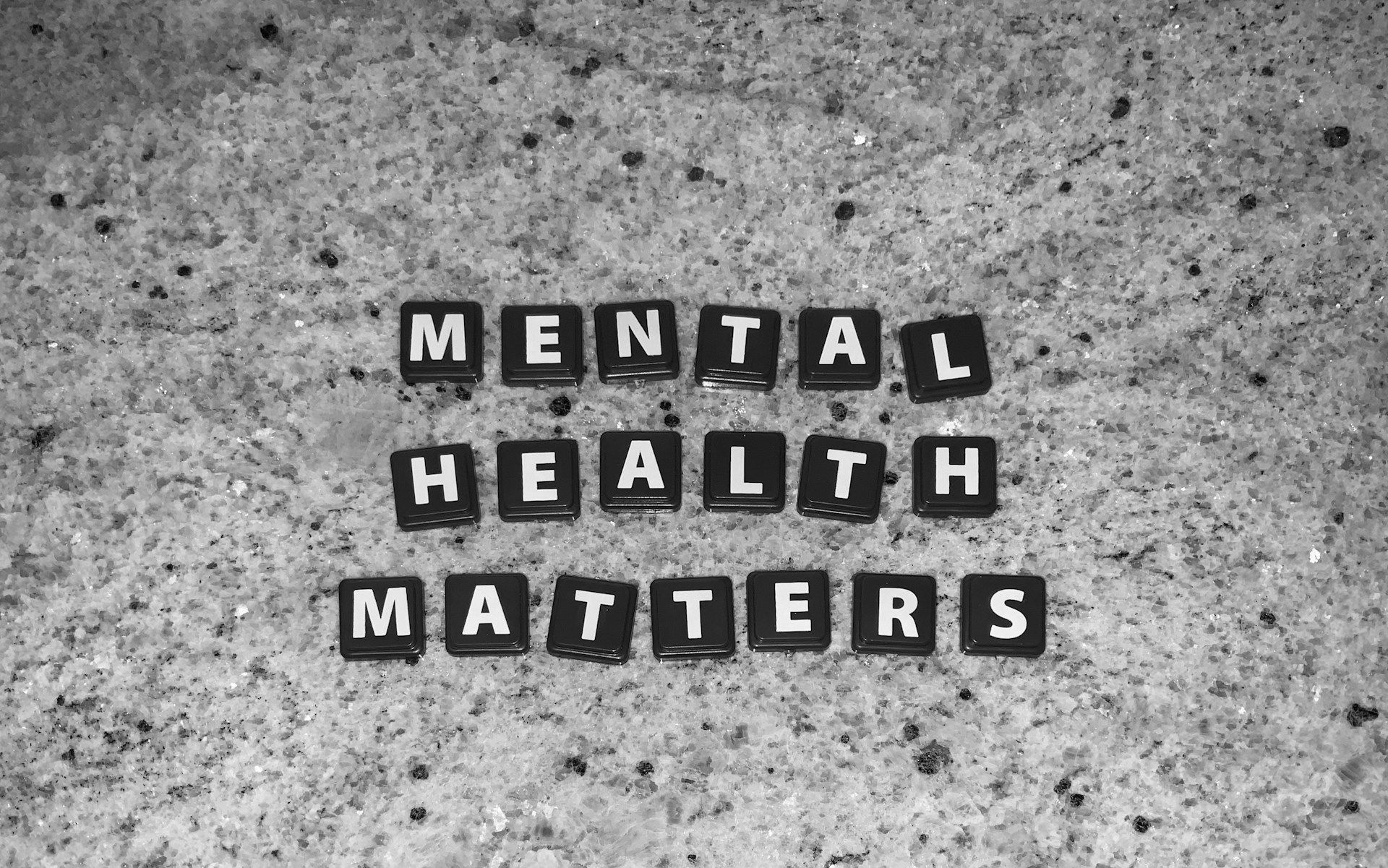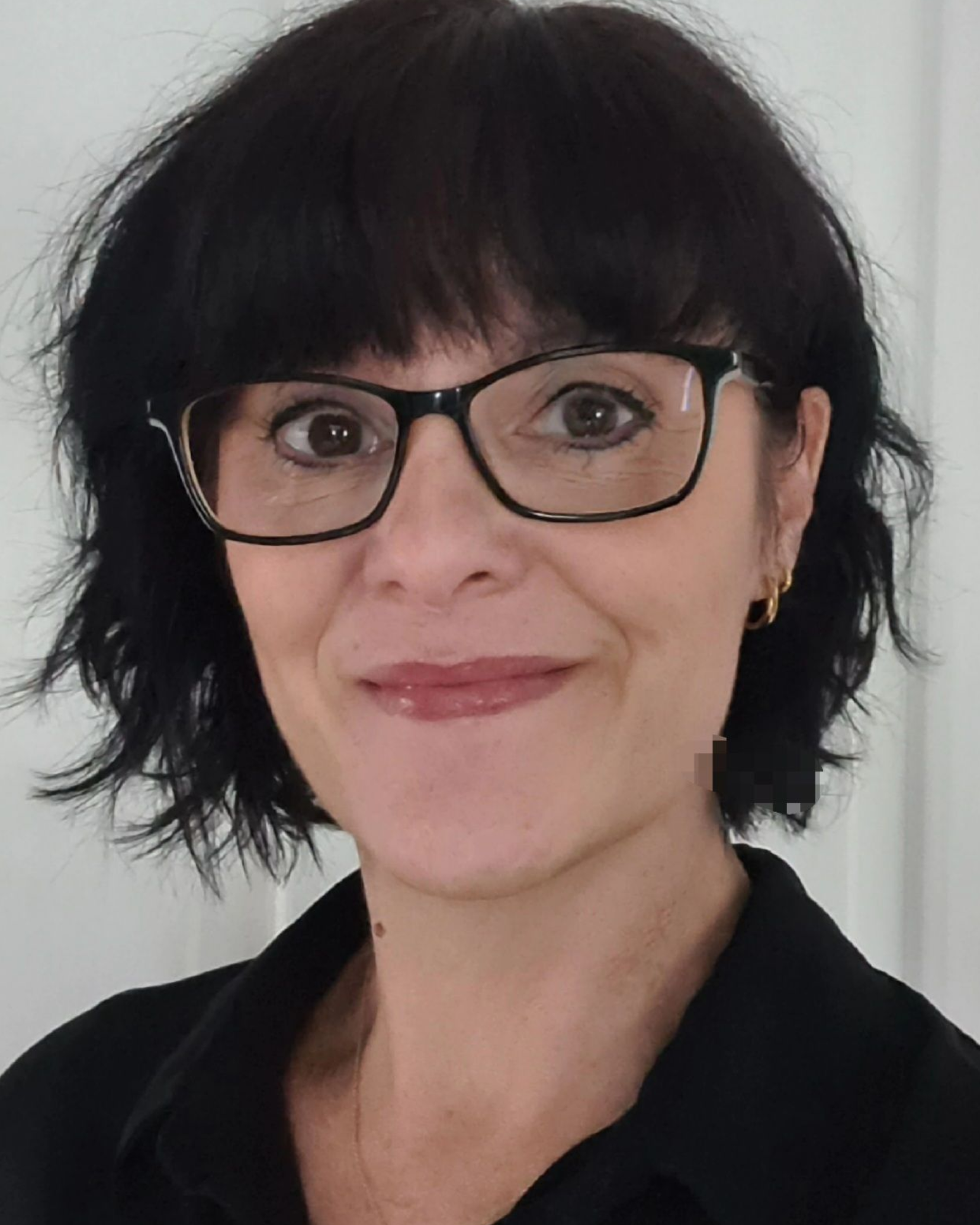**A gentle note before you read**
This post includes an open and honest conversation around mental health and suicide.
Please take care of yourself as you read - pause if you need to, or reach out for support if anything here feels heavy.
If you’re reading from the UK and need to talk, you can contact
Samaritans at 116 123 (free, 24/7) or visit
Samaritans online.
10/10/25 |
In Conversation with... Julie Castleman, Co-Founder and Director of Junah Ltd|
“You don’t need to be a mental health expert to make a difference. You just need to be ready to ask, listen, and respond with care.”- Julie Castleman, MHFA National Trainer and Co-Founder and Director of
Junah Ltd
Mental health is a topic that impacts us all, yet it's often shrouded in apprehension and in some cases, silence.
In the UK, over 5,000 people pass away by suicide each year, with men under 50 being particularly at risk. Alarmingly, nearly a third of employees would hesitate to discuss suicidal thoughts with their managers due to fear of judgment or their job being impacted. These statistics underscore the pressing need for open conversations and proactive support systems in our communities and workplaces.
Last week, I published my blogpost, Late Summer Reset, where I reflected on the importance of checking in with ourselves and prioritising our well-being amidst life's demands. A reminder that mental health isn't just about crisis management; it's about creating environments where people feel safe to speak up and seek help.
Julie Castleman, MHFA National Trainer and Co-Founder and Director of Junah Ltd, has dedicated over two decades to therapeutic work in mental health. Through Junah, Julie Castleman and Hannah Buckland deliver specialised suicide prevention training, equipping organisations with the tools to foster supportive and responsive environments. Their approach is rooted in the belief that everyone has a role to play in suicide prevention, and that training can empower individuals to make a significant difference.
In this conversation, Julie shares insights into the importance of suicide prevention training, the impact of stigma, and how organisations can take meaningful steps to support mental health. Julie’s work exemplifies how informed, compassionate responses can save lives and create safer, more inclusive spaces for all.
#WorldMentalHealthDay
(1) Julie, you’ve worked therapeutically in mental health for over 20 years and now deliver suicide-prevention through Junah Ltd. What first drew you into this work, and can you share an early moment or situation that made you realise suicide prevention would become your focus?
I have spoken to many people experiencing thoughts of suicide over the years, often because they feel trapped in a situation, or can’t see a way out of the unbearable pain that they are experiencing. It is always an honour to be allowed into that difficult place with someone, to create a space where they feel able to share the hopelessness that they feel. It’s amazing to hear how just being able to share that with someone lightens the load and they start to see a glimmer of hope.
I remember many stories, but one moment really stands out for me. I supported someone who had moved from thoughts of suicide to what we at Junah call active thoughts, moving to a place of planning and preparing, this person had called to cancel an appointment saying they felt better, I told them I’d love to see them anyway to hear what had changed. They came and shared that the one thing that had changed was that they had made a plan to end their life, feeling this would take the pain away, but as soon as they said this out loud, they realised they didn’t want to die, they wanted the situation they were in to change. Realising this they accepted urgent support, we worked together, and they took some time out from work to heal. It was over a year later that I received a card in the post saying thank you, to say that having the space to share their thoughts and feelings, to reframe their thinking and find a new way forward had saved their life.
I still feel emotional as recall this story and others, stories from people at a place of thoughts of suicide and of the times that I’ve sat with people in their pain as they share the loss of a loved one. This has been at a professional level and also touched my personal life, giving me a drive and passion to want to make a difference. I believe that we can and will save lives by encouraging people to share, by helping them to find hope. We at Junah believe that this doesn’t need to wait until people are at a place of deep distress, we can create healthy, suicide safer workplaces and communities where everybody has their part to play in saving lives. You don’t need to be a mental health expert to make a difference. You just need to be ready to ask, listen, and respond with care and signpost. That’s how we save lives. Sometimes we make a difference without even knowing it!
(2) "You don’t need to be a mental health expert to make a difference." That is powerful and so true. Junah Ltd describes a “whole organisation approach” to suicide prevention. In practical terms, what does that look like for a small or medium workplace, and can you share an example of an organisation you’ve worked with where a small change made a big difference?
The Junah suicide prevention programme is absolutely workable for organisations of any size. We take an approach of everyone in the organisation having a role to play, as part of the training we help the people of the organisation understand their role in suicide prevention and organisational wellbeing. During the prevention part of the training we consider how organisations can create mentally healthy environments that are safer from suicide. We then equip people with the skills to support a person having thoughts of suicide and lastly develop understanding of the fundamental need for support after suicide within our communities. We consider how each of these areas work together to create a suicide safer environment.
I often have conversations and messages after a delivery with people sharing how the training has been helpful for them at a personal and professional level. On one of our early deliveries of the new training we received a message from a learner, two days after their course, to say that following the course they got in touch with someone they knew who had sadly experienced loss by suicide over a year earlier. They told us that the conversation they had with this person was welcomed and needed, they felt they had been managing alone because it appeared that everyone had moved on however for them the pain of the loss was still present and being able to share that with someone had made a huge difference to them.
It was a very emotional moment for Hannah and I, we had created the opportunity for a person to be heard and that was incredible. Since then we’ve been approached by many people to say how grateful they are for the training with words like ‘this will save lives’.
Another small change; creating a space for openness and discussion, led to an organisation reviewing and updating their processes with commitment to ensuring the voice of their people at all levels was included. That is a whole organisation approach, amazing!
(3) There’s a lot of fear around asking directly about suicide — people worry they’ll make things worse. What are the most common myths or misunderstandings you encounter in workplaces about suicide, and how do the courses you deliver challenge these misconceptions?
It’s really interesting to me that the common myths come from a place of misunderstanding, often fed by stigma and fear. With most people, they’re concerned about asking someone if they have thoughts of suicide for many reasons: fear of saying the wrong thing, fear of putting the idea into someone’s mind, fear of people saying yes because they won’t know what to do to help them. Another misconception is that if a person is serious about taking their life there is nothing you can do. Let’s just start with that, there is so much we can do, the majority of people experiencing thoughts of suicide do not want to die, they want the painful situation they are in to change, they often feel trapped and by talking we can help them find a way out of that entrapment, we can give people hope. I completely understand people feeling worried about asking and/or talking about suicide, it has always been such a taboo topic and so people feel it should be left to the professionals. However, by providing people with the reassurance, and the skills and the confidence to ask clearly and directly about suicide - just imagine how many lives we can save.
Our training challenges many myths and misunderstandings through education and discussion, and gives people the knowledge and skills needed to consider the personal needs of self and others. Our training is delivered in a psychologically safe and supportive learning environment using a trauma informed approach. We are so excited to be partnering with MHFA England to deliver the training, we felt that the training absolutely complimented the approach of MHFA England and builds on the knowledge and skills of their workplace suite of trainings. With this partnership we aim to reach as many people as possible and save lives.
(4) Models can feel clinical, but practical steps help. Can you briefly outline Junah’s 4-step CARE model and give a short example of how someone might use it in a supportive conversation at work?
This leads really nicely on from your last question. The CARE model was created to guide people through having a compassionate and caring conversation to help people stay safe. This model is also used in the postvention section to support individuals, teams and the whole organisation to ensure everyone affected by suicide is supported in a way that is appropriate for them. We talk about how to ask questions about wellbeing and how to ask directly about suicide. We talk about providing hope, reassurance and connecting people with the appropriate support to help them. We also consider this from a wider organisational and policy level to ensure that organisations are prepared with the practical and conversational skills for a suicide conversation at any point on the continuum of suicide. During the training we use case studies so that learners can put their skills into practise in a safe space.

(5) Postvention often gets overlooked until it’s needed. You highlight this as a vital step in your work. What do organisations most commonly miss after a suicide attempt or bereavement — and what practical advice would you give so they can better support the person affected and the wider team?
This will look different for individual organisations. We help organisations to consider the needs of their people, from effective and timely reporting to use of language and how we communicate news. It might be that an organisation has a small close working team and everyone can be brought together to share the sad news of a sudden death, or it might be a much larger organisation with offices nationally, even internationally, maybe with staff working remotely or on sites away from an office environment, we discuss options for how this might be managed effectively. The communication of news alongside clear communication of support that is in place if it is needed/wanted is crucial. Julie Cerel, from the University of Kentucky and her team of researchers have found that up to 135 people are affected to some degree by every person lost to suicide, anyone who knew the person... The team go on to say that 15-30 people are severely affected e.g. family, friends (Cerel et al, 2018).
We know that the pain people experience following a loss may lead to thoughts of suicide, this study and my experience of providing postvention support in organisations, schools, colleges and universities tells me that there may be people in our organisations who would benefit from the offer of grief supports at a time that is right for them. Providing well managed and supported safe spaces where people can come together and feel less alone can also be hugely beneficial. The NHS confederation and other guidance recommends having a robust response plan in place with a named individual to lead. This is really just touching the surface, I would love people to experience the training to share ideas and look at how this can be put into practice.
(6) I love that equality, diversity and dignity are core to your training — how do cultural background, language or stigma shape how people experience suicidal distress, and how do you make the training culturally sensitive and inclusive?
Before any delivery, we and a member of the MHFA England client delivery team have a pre-course discussion with the organisation to understand the needs of the learners. We ensure that we create a safe learning environment at the start of any delivery with a clear message of respectful language, listening to each other and being mindful and celebrating the of diversity everyone in the room. We listen to and acknowledge people’s perspectives, lived experience, religion, culture and identity and neurodiversity.
Giving clarity on the learning outcomes of the day manages expectation and also enables people to bring their hopes for the session into the room. When discussing options for support we share a wide range of support networks as well as encouraging learners to consider appropriate options for support within their organisation, locally and nationally.
(7) This work must be emotionally demanding. How do you support Mental Health First Aiders, managers and trainers to protect their own wellbeing and avoid compassion fatigue?
I absolutely love the stress container model, and we remind people of this within the training. I think it is so important to be mindful of your own stress levels, and to know what positive strategies we can put in place to support wellbeing. We really want people to think about this from a place of wellness, not just self-caring when we reach that overflow point. As teams we could share our signs of stress, so we can check in on each other. We encourage organisations to think about how they can create a culture of openness, making it ok to talk and reach out for help when needed. One of the biggest prevention factors is knowing what support is in place and how to access it. If you feel the signs of compassion fatigue, that might be an indicator that you are at capacity and need some self-care/support. How fantastic would it be if our managers, our Mental Health First Aiders and trainers modelled good boundaries and self-care.
If you feel overwhelmed right now, I’d encourage you to slow down, take a moment to check in with yourself, use all of your senses to take in where you are right now in the world around you, what can you see, hear, touch, smell, taste. This can be a really good way of re-setting, of grounding before you do anything else. If you’re a MHFAider, why not watch the webinar ‘Start with you: Managing stress to strengthen your community’ available on the learning hub.
(8) Finally, if you could give organisations just two practical things to do this week to become safer for anyone struggling with their mental health, what would they be?
1. Encourage openness, embed “how are you?, … really how are you?” conversations into everyday interactions with your people, whether it be in the kitchen, in your 1 to 1 or your team meetings and let’s make sure that this is happening effectively with our remote workers. Let’s make the “how are you” meaningful, not just a standard greeting said fleetingly as we pass each other in the corridor; Stop, ask, listen and respond. Let’s normalise talking about wellbeing so it isn’t something we are cautious or suspicious of it if suddenly happens out of the blue.
2. Sign up to the
Suicide Prevention Training for Organisations, it will save lives and it will impact people at a personal level, a team level and a whole organisation level. You can find out more and sign up for training on
https://mhfaengland.org/organisations/workplace/suicide-prevention-for-organisations
#WorldMentalHealthDay



